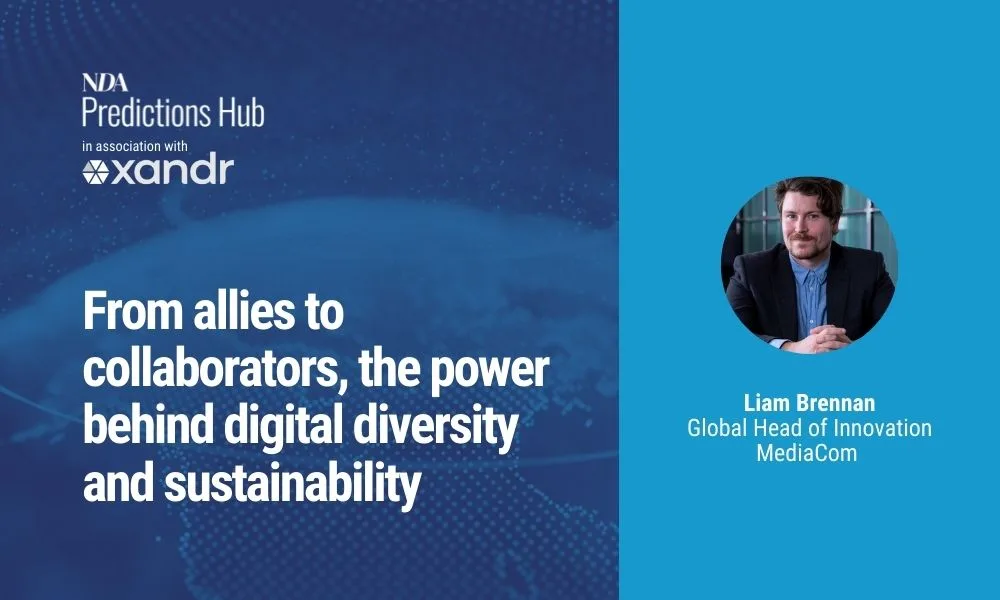NDA, in partnership with Xandr, is collecting the views of some of our industry’s leading figures for their predictions on 2022 and beyond. Next up Liam Brennan, Global Head of Innovation and Lead Consultant, MediaCom.
How will diversity in media planning evolve in 2022?
The political events of the last two years have greatly evolved the conversation around diversity in media planning. Whilst there is still an ongoing need for brands to steer clear of ‘unsafe’ (largely digital) environments, there is an increasing push to move money from publishers who publish divisive and often hateful content, despite that having a detrimental effect to campaign performance or cost efficiencies.
What is exciting to see is the conversation moving away from one of avoidance to investment. Brands and agencies are making an active effort to invest budgets into content and publishers who support more diverse voices (particularly those established to represent communities often underrepresented in advertising) and make an active effort not to publish content that is not designed to inflame argument, intrude on subject privacy, or incite negative comments from readers in the comments.
To evolve this conversation in 2022, brands and agencies will need to make these criteria a key component of partner selection vs an intermittent campaign tactic.
And how will it evolve within the industry itself?
The industry has finally woken up to the benefits of a more diverse workforce. A more diverse workforce breeds more diverse thinking, and we work in an industry that needs to speak to a diverse UK – not a section of society that mirrors our staffing makeup.
Although there have been improvements in diversity in the industry (note: there is still a long way to go), the nature of the digital advertising ecosystem still creates a barrier for more diverse voices being heard, and more needs to be done by big tech and publishers to fix this.
The digital advertising industry is built on engagement i.e., the more a piece of content is liked, commented, and shared, the more it is viewed and the more advertising oppoutnities made available against it. The impact is that big tech and larger publishers continue to publish and promote content that generates shock, excitement, outrage etc. as this gets views, more ad slots, and more revenue.
One could argue the solution to these problems is becoming less reliant on paid display advertising, and instead a move to branded content/sponsorship, creator donations or publisher subscriptions – though I live in hope that higher profits can sometimes be put aside for the greater good of the World.
What are the biggest challenges for the digital advertising industry when it comes to sustainability and how will they be overcome?
Compared to some industries, marketing is not considered a direct polluter, but that doesn’t mean our work is without impact.
For example, new fields of interest such as machine learning require and create vast volumes of data and uses exponentially more computing power to process, analyse and act on.
However, one of the benefits of the pandemic has been our ability to explore more sustainable methods of advertising production and ways of workings without sacrificing overall quality.
For example, WPP have launched a virtual production studio in their London HQ where studio quality content can be shot, edited, and shared with a remote creative network using Microsoft Azure, reducing our carbon footprint by removing the need for travel.
We’re also pushing the boundaries of what’s possible in ‘virtual production’ by partnering with Nvidia to capture locations virtually and bring them to life in studios with Omniverse.
Work conducted digitally can often be less sustainable than ‘older’ ways of working, but we mustn’t forget the progress we’ve made over the last two years removing environmentally ‘unfriendly’ business travel and the commute from our lives.
The challenge for 2022 will be to not slip into old habits, remembering where we were able to achieve near-normalcy in how we worked, without damaging the environment in the process.









